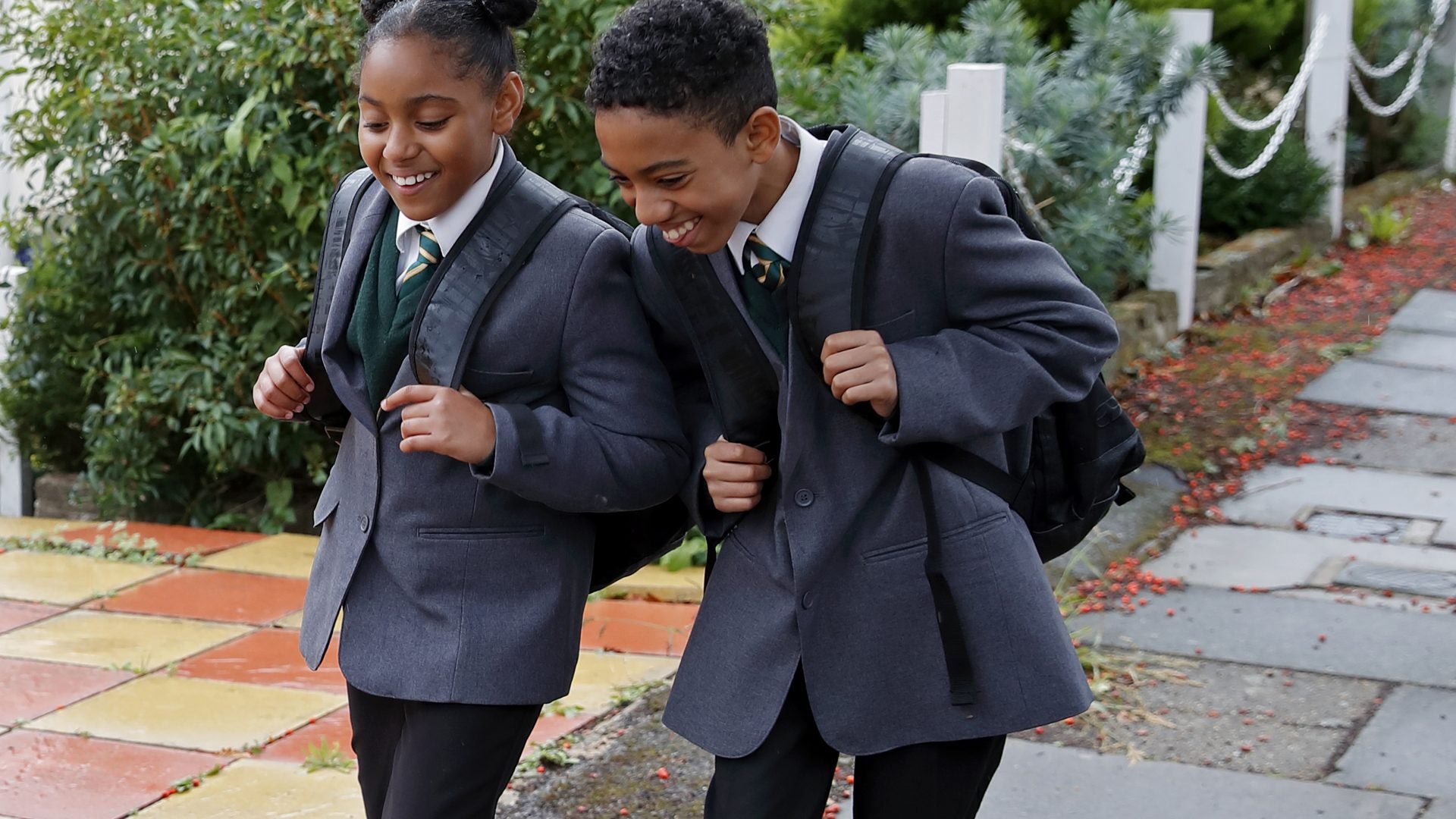
There are many issues facing our generation that get a lot of attention in the media–gun violence, reproductive rights, poverty, etc.–but the average person probably wouldn’t think of school dress codes as one of them. However, these rules are more than just an inconvenience–especially for girls of color and gender nonconforming and LGBT youth.
Picture this: It’s one of the hottest days of the year, but you’ve put together the perfect outfit—something that represents your individuality and sense of style, while making you feel good about your appearance and comfortable in the heat. You’re seated in your favorite class when “Mrs. Jones,” an administrator, enters and asks you to follow her out the door.
When you do so, Mrs. Jones tells you that you that you are in violation of the dress code and that you need to either get your gym clothes or borrow some (unwashed) ones from the school immediately and change. Otherwise, you will have to go home for the day. If that isn’t bad enough, she lectures you about “ladylike” attire, effectively slut shaming and sexualizing you all at once.
As you prepare to head to a restroom to change, you see a classmate, Sarah, who is dressed similarly and point her out. Mrs. Jones rolls her eyes and claims that there’s nothing wrong with what she has on. You’re each exposing the same amount of skin; however, Sarah is much thinner. You argue this and Mrs. Jones replies that she was being kind by not punishing you for the dress code infraction and that if you continue to “talk back,” you’ll be getting an in-school suspension for insubordination.
Certainly you’d feel embarrassed to be removed from class and forced to walk around in something you wouldn’t choose to wear or that makes you feel uncomfortable. You might be in danger of not being able to complete a class assignment or your homework because of the time you had to spend with Mrs. Jones, and an in-school suspension might land you in a lot of trouble—not to mention how the double standard for you and Sarah might make you feel about your body and how it can trigger insecurities that you may have already been struggling with.
Unfortunately, these experiences are quite common across the country, and they are certainly an issue for our fellow public school students in New York City, particularly Black and Latina girls, trans and gender nonconforming youth, who are often expected to compromise their comfort in order to be allowed to attend classes—a compromise no one should have to make.
School is supposed to be a safe place, where everyone is treated equally and encouraged to feel at ease in their own skin. For many of us, sadly, that is not the case. As current high school students, we have lost count of how many times we’ve experienced or witnessed school dress codes being enforced unequally, with “curvy” and plus-size girls of color being the primary targets. This disparity can be incredibly harmful to young people that are battling with issues related to body image and self-esteem.
Educators should be prohibited from simply picking and choosing who follows dress codes and who doesn’t. Body type, skin color, gender and other aspects of our identity should not define how we are treated by anyone—especially not the adults that are in charge of our education. Yet here in New York City, the rules vary from school to school and are applied differently based on the student or staff member(s) involved in a particular situation.
There should be a universal dress code that is both reasonable and applied to all young people. For example, it makes sense to prohibit attire that has profane language or reveals one’s genitals, or shoes that may pose a danger to student safety. However, though policing hemlines or crop tops does nothing to protect students from sexual harassment or assault, we are often told that this is the reason that we must dress like “ladies.” This teaches young people that it is the responsibility of girls to “stop” boys and men from mistreating us and that we can do so with our clothing choices, which is not only untrue but can also make the boys feel as though they are justified for their behavior if we don’t look “respectable.”
It’s time for schools to focus on treating kids of every gender, every size and every race equally, and addressing the inequity in dress code policies and practices is an important step in that direction.
Neillah Petitfrere, a student at the Brooklyn School for Music and Theatre, and Sue Suilla Daley, who attends John Adams High School, are participants in Girls for Gender Equity’s Young Women’s Advisory Council.
Girls for Gender Equity (GGE), a Brooklyn-based intergenerational advocacy organization, engages cisgender (cis) and transgender (trans) girls of color and gender nonconforming (GNC) youth of color and works to center Black girls in the movement for gender and racial equity. Since 2001, GGE has worked along with and on behalf of our youth in supporting the optimal development of our communities through a combination of direct service measures, advocacy for policy and cultural change and community organizing efforts. Follow the organization on Twitter: @GGENYC .




